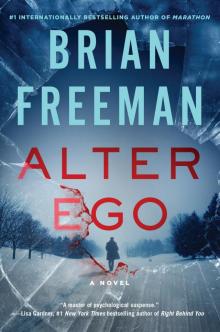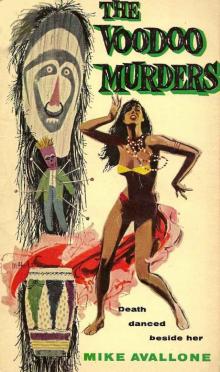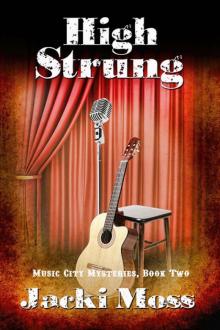A million-dollar painting by Marc Chagall is stolen from a museum. The unlikely thief is Benjamin Ziskind, a thirty-year-old quiz-show writer. As Benjamin and his twin sister try to evade the police, they find themselves recalling their dead parents—the father who lost a leg in Vietnam, the mother who created children's books—and their stories about trust, loss, and betrayal.What is true, what is fake, what does it mean? Eighty years before the theft, these questions haunted Chagall and the enigmatic Yiddish fabulist Der Nister ("The Hidden One"), teachers at a school for Jewish orphans. Both the painting and the questions will travel through time to shape the Ziskinds' futures.With astonishing grace and simplicity, Dara Horn interweaves a real art heist, history, biography, theology, and Yiddish literature. Richly satisfying, utterly unique, her novel opens the door to "the world to come"—not life after death, but the world we create through our actions right now. Reading group guide included."Nothing short of amazing."—Entertainment WeeklyAmazon.com ReviewFollowing in the footsteps of her breakout debut In the Image, Dara Horn's second novel, The World to Come, is an intoxicating combination of mystery, spirituality, redemption, piety, and passion. Using a real-life art heist as her starting point, Horn traces the life and times of several characters, including Russian-born artist Marc Chagall, the New Jersey-based Ziskind family, and the "already-weres" and "not-yets" who roam an eternal world that exists outside the boundaries of life on earth. At the center of the story is Benjamin Ziskind, a former child prodigy who now spends his days writing questions for a television trivia show. After Ben's twin sister Sara forces him to attend a singles cocktail party at a Jewish museum, Ben spots Over Vitebsk, a Chagall sketch that once hung in the twins' childhood home. Convinced the painting was wrongfully taken from his family, Ben steals the work of art and enlists his twin to create a forgery to replace the stolen Chagall. What follows is a series of interwoven stories that trace the life and times of the famous painting, and the fate of those who come into contact with it. From a Jewish orphanage in 1920s Soviet Russia to a junior high school in Newark, New Jersey, with a stop in the jungles of Da Nang, Vietnam, Horn takes readers on an amazing journey through the sacred and the profane elements of the human condition. It is this expertly rendered juxtaposition of the spiritual with the secular that makes The World to Come so profound, and so compelling to readers. As we learn near the end of the beautiful tale, "The real world to come is down below--the world, in the future, as you create it." --Gisele TouegFrom Publishers WeeklyStarred Review. Former child prodigy Ben Ziskind—5'6", 123 pounds and legally blind—steals a Marc Chagall painting at the end of an alienating singles cocktail hour at a local museum, determined to prove that its provenance is tainted and that it belongs to his family. With surety and accomplishment, Horn (In the Image) telescopes out into Ziskind's familial history through an exploration of Chagall's life; that of Chagall's friend the Yiddish novelist Der Nister; 1920s Soviet Russia and its horrific toll on Russian Jews; the nullifying brutality of Vietnam (where Ben's father, Daniel, served a short, terrifying stint); and the paradoxes of American suburbia, a place where native Ben feels less at home than the teenage Soviet refugee Leonid Shcharansky. Ben's relationship with his pregnant twin sister, Sara, a painter who eventually tries to render a forgery of the painting to return to the museum, is a damply compelling exposition of what it means to have someone biologically close but emotionally distant. Horn, born in 1977, expertly handles subplots and digressions, neatly bringing in everything from Yiddish lore to Nebuchadnezzar, Da Nang, the Venice Biennale, recent theories of child development, brutal Soviet politics and Daniel's job as a writer for fictional TV show American Genius. Characters like Erica Frank, of the Museum of Hebraic Art, give tart glimpses into still-claustrophobic Goodbye, Columbus territory, which Horn then unites with a much grander place that furnishes the book's title. (Jan.) Copyright © Reed Business Information, a division of Reed Elsevier Inc. All rights reserved.

 The Second Season (Regency Romance)
The Second Season (Regency Romance) Alter Ego
Alter Ego The Adventures of Harry Rochester: A Tale of the Days of Marlborough and Eugene
The Adventures of Harry Rochester: A Tale of the Days of Marlborough and Eugene The Voodoo Murders
The Voodoo Murders Pieces of Why
Pieces of Why Ekleipsis
Ekleipsis Drummer Boy at Bull Run
Drummer Boy at Bull Run High Strung
High Strung